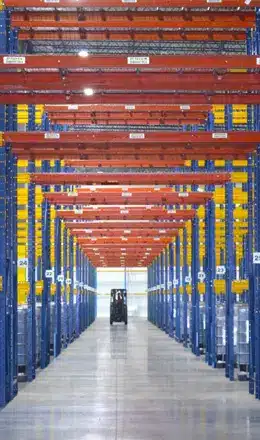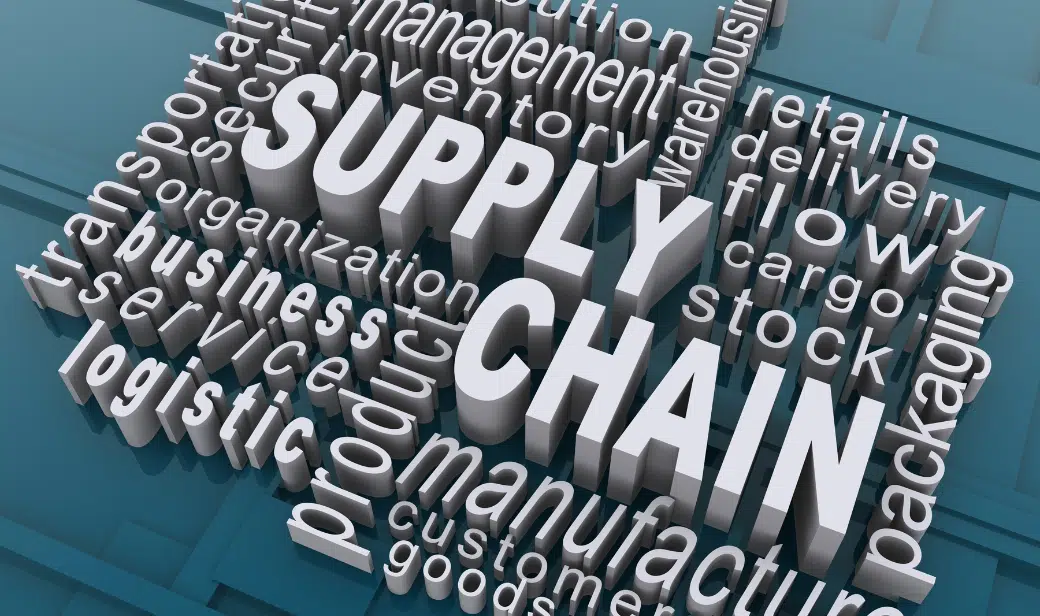




However, these supply chains are not immune to disruptions. Whether it’s due to natural disasters, geopolitical tensions, economic downturns, or unforeseen events like the global COVID-19 pandemic, companies need to be prepared to withstand changes in the supply chain to maintain their operations and serve their customers.
Here are five strategies that companies can employ to navigate and mitigate supply chain disruptions:
Companies operating in today’s complex and interconnected global marketplace must recognize the inevitability of supply chain disruptions. By adopting a combination of strategies that encompass supplier diversification, data-driven decision-making, effective inventory management, resilient logistics and robust risk management, companies can position themselves to weather changes in the supply chain more effectively. The ability to adapt swiftly and make informed decisions during disruptions not only minimizes short-term disruptions but also enhances the company’s overall resilience and competitive advantage in the long run.